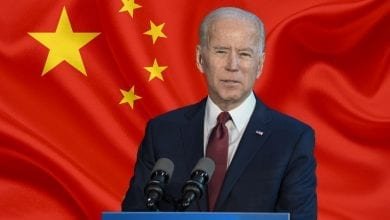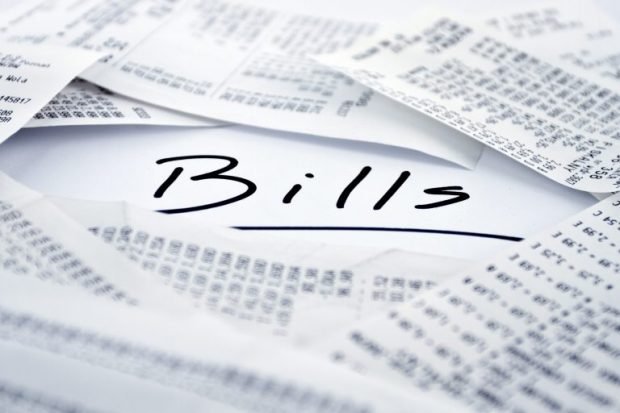Economic Growth Is Strong. Why? And What’s Next?
Massive government spending and consumers using credit cards lift GDP.
The Bureau of Economic Analysis recently announced that GDP growth in the fourth quarter of last year was 3.3%. That meant for the entire year 2023 economic growth was 2.5%. That’s a strong growth and exceeds the 1.9% growth in 2022. What is fueling this growth?
Most of the growth was due to increased government spending and higher than expected spending by consumers who account for about 70% of GDP. The increase in government spending occurred at both the federal level and at the state level.
The federal government increased spending by about $500 billion while the states were spending money that was given to them mostly by the American Rescue Plan and other spending passed early in Biden’s presidency.
The strong consumer spending is a bit baffling. In 2020 and 2021 the federal government gave free stimulus money to all consumers. The average family of four received $11,400 in free money whether they were negatively impacted by the COVID shutdown or not. And then they were given more childcare credits. Most of that money was initially saved.
By early 2023 consumers had drawn all of that money from their savings and spent it. Yet consumers continued to spend. By July 2023, total consumer credit card debt exceeded $1 trillion for the first time. It has grown since then.
The personal savings rate for consumers is usually in the 5% of total income range. During the free money handouts, the saving rate reached 10%. Today the savings rate is just over 3%.
Consumers were accustomed to spending money that they had from the stimulus packages. Today, with that money all gone, consumers continue to spend by both saving less and using their credit cards. Consumer confidence, though, is increasing.
Some have argued that the reason consumers are using their credits so excessively is that they want to maintain their lifestyle while paying prices have risen significantly. On average, prices are up nearly 20% since January 2021. Since consumers’ income has not increased by 20%, they must use their savings and credit to maintain their lifestyle.
That explanation is probably backward. Rather. because consumers are spending so much, the increase in demand has contributed to higher inflation.
It is difficult for economists to forecast what lies ahead. Many are saying that with the inflation rate falling, unemployment remaining below 4% and incomes rising mostly due to the large wage increases workers are receiving, economic growth should remain strong.
Another view that seems to make more sense is that although the annual inflation rate fell to 3.1% in November, there is pressure building which could cause prices to rise further. The annual inflation rate increased to 3.4% in December.
Although energy prices remain lower than their peak in 2022, those prices may rise soon due to geopolitical events in the Middle East. The annual core inflation rate, which holds food and energy prices constant, is still about 4%. If energy prices do rise, the inflation rate will increase this year, rather than fall which most forecasters predict.
The Fed is not likely to cut interest rates anytime soon, although many believe the Fed will cut rates this year, perhaps as early as their March meeting. With inflation now rising and with economic growth strong, reductions in interest rates will just fuel inflation.
The Biden Administration is forecasting economic growth of less than 2% for this year.
If inflation continues to increase, the Fed won’t cut interest rates and indeed may raise them once or twice in 2024. That will slow economic growth. The Fed is hoping for a soft landing. However higher inflation and higher interest rates may help to bring on a recession.
Additionally, Congress must confront the ever-increasing public debt which now exceeds $34 trillion. Despite high inflation, the federal government will incur a $2.2 trillion deficit this year which adds to the public debt. Every president since Ronald Reagan has failed to address the growing public debt. All kicked the can down the road and essentially said they would let the next administration deal with it.
We are at the end of the road. We must deal with the public debt now.
That means economic growth will slow this year and may even turn negative.
Agree/Disagree with the author(s)? Let them know in the comments below and be heard by 10’s of thousands of CDN readers each day!




